NAD: Nicotinamide Adenine Dinucleotide
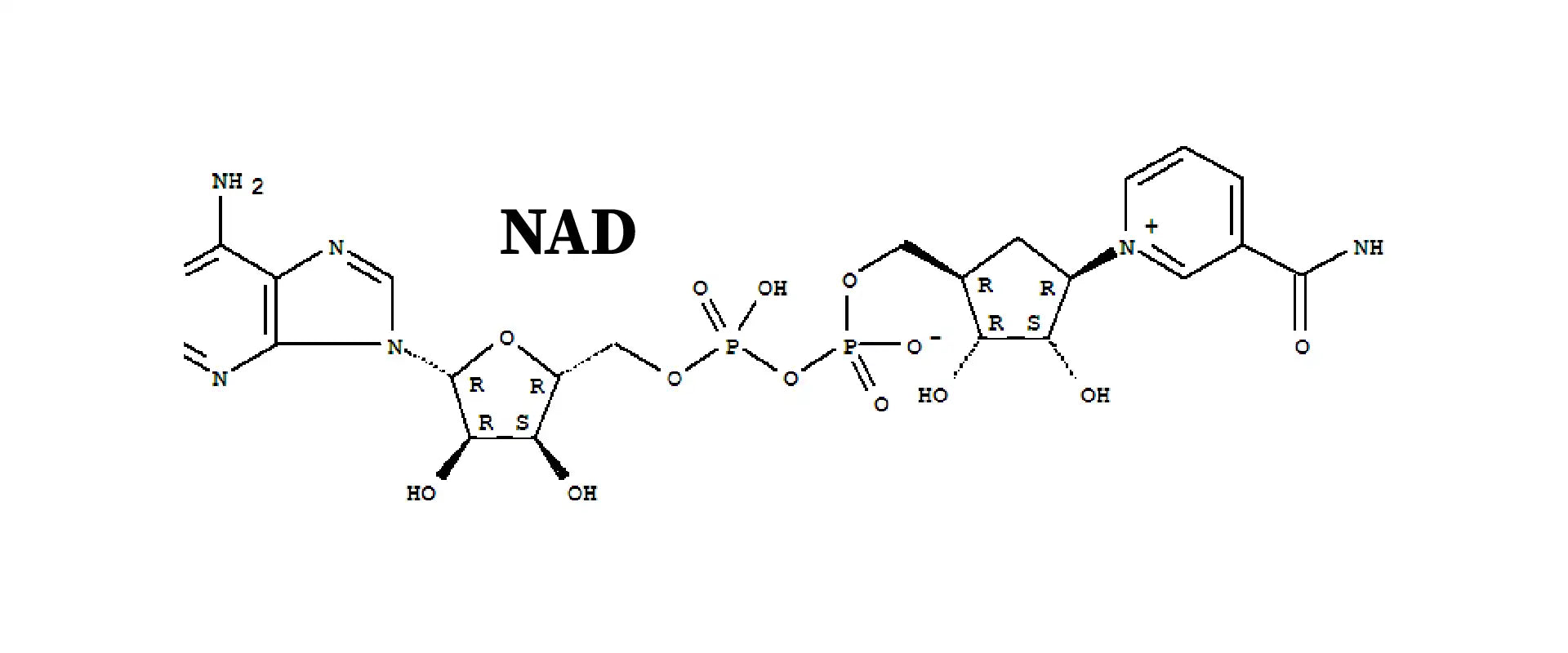
Definition and Structure of NAD
NAD, (Nicotinamide Adenine Dinucleotide), is a coenzyme present in all living cells. It was first discovered in 1906 by British biochemists Sir Arthur Harden and William John Young. NAD is derived from vitamin B3, also known as niacin or nicotinamide, making it an essential compound for proper cellular function.
The structure of NAD consists of two nucleotides joined by their phosphate groups. One nucleotide contains an adenine base, while the other contains a nicotinamide base. The two nucleotides are connected through their 5'-phosphate and 3'-hydroxyl groups, forming the dinucleotide structure.
Functions of NAD
NAD acts as an electron carrier during redox reactions in metabolic pathways, transferring electrons from one reaction to another. It exists in two forms: NAD+ (oxidized form) and NADH (reduced form). These interconvertible forms allow NAD to participate in numerous cellular processes.
NAD also plays a crucial role in cellular respiration, the process through which cells convert nutrients into energy. During cellular respiration, NAD is involved in glycolysis, the citric acid cycle (Krebs cycle), and oxidative phosphorylation in the mitochondria.
Importance of NAD in Cellular Energy Production
The transfer of electrons between NAD and NADH is essential for the production of adenosine triphosphate (ATP), the primary energy currency of cells. When nutrients like glucose are broken down during glycolysis and the citric acid cycle, NAD accepts electrons, becoming NADH. The electrons carried by NADH are then passed to the electron transport chain in the mitochondria, where the energy released from this process is used to pump protons across the inner mitochondrial membrane, creating a proton gradient. This gradient drives the synthesis of ATP, ultimately providing energy for various cellular activities.
NADH: Reduced Nicotinamide Adenine Dinucleotide
Definition and Structure of NADH
NADH, the reduced form of NAD, is a powerful electron carrier that stores energy in the form of high-energy electrons. Its chemical structure is similar to NAD, but the key difference lies in the presence of an additional hydrogen atom in the nicotinamide ring, which is responsible for its "reduced" state.
The conversion of NAD+ to NADH occurs during redox reactions when NAD+ accepts a pair of high-energy electrons and a proton (H+) from a substrate. This process results in the formation of NADH and plays a crucial role in various biochemical reactions.
Functions of NADH
NADH serves as a vital source of electrons for oxidative phosphorylation, the final stage of cellular respiration. During this process, the electrons carried by NADH are transferred through the electron transport chain, leading to the synthesis of ATP.
Additionally, NADH is involved in the synthesis of macromolecules like fatty acids and cholesterol. It is a critical cofactor for enzymes that participate in biosynthetic pathways.
Role of NADH in Cellular Respiration
Cellular respiration is a complex process that occurs in eukaryotic cells to extract energy from glucose and other nutrients. It comprises three main stages: glycolysis, the citric acid cycle, and oxidative phosphorylation.
In glycolysis, glucose is partially broken down into pyruvate, generating NADH in the process. This NADH is then utilized in the citric acid cycle, where it donates electrons to the electron transport chain. Finally, in oxidative phosphorylation, the energy from electron transfer is used to create a proton gradient across the mitochondrial membrane, leading to ATP synthesis.
The interplay between NAD+ and NADH is crucial for maintaining cellular energy balance and redox homeostasis.
NAD+: Oxidized Nicotinamide Adenine Dinucleotide

Definition and Structure of NAD+
NAD+ stands for Nicotinamide Adenine Dinucleotide and is an essential coenzyme found in all living cells. Coenzymes are molecules that aid enzymes in facilitating biochemical reactions, acting as key players in various cellular processes.
The structure of NAD+ consists of two nucleotides: nicotinamide and adenine, connected through a phosphate group. The nicotinamide portion is derived from niacin, also known as vitamin B3, making NAD+ a vital component of your daily dietary needs.
The chemical formula of NAD+ is C21H27N7O14P2, representing its complex structure and molecular weight of approximately 663 grams per mole.
The Relationship Between NAD, NADH, and NAD+
To comprehend the relationship between NAD, NADH, and NAD+, it's essential to grasp the concept of redox reactions. Redox reactions involve the transfer of electrons between molecules, leading to changes in their oxidation states. Oxidation is the loss of electrons, while reduction is the gain of electrons.
NAD+ and NADH are redox pairs, meaning they can interconvert by accepting or donating electrons. NAD+ acts as an electron acceptor, while NADH functions as an electron donor.
NAD+ (Oxidized Form): In its oxidized state, NAD+ lacks two electrons and a hydrogen ion (H+). When NAD+ accepts a hydride ion (H-), it gets reduced to NADH.
NADH (Reduced Form): NADH carries two electrons and a hydrogen ion (H+), making it the reduced form of NAD+. During cellular respiration and other metabolic processes, NADH donates its electrons to the electron transport chain, facilitating the production of ATP (Adenosine Triphosphate), the energy currency of cells.
The conversion between NAD+ and NADH is critical for energy production. As electrons are shuttled between these molecules, energy is harvested and used to synthesize ATP, providing the necessary fuel for cellular functions.
Factors Influencing NAD+ Levels
The levels of NAD+ in the body are influenced by various factors. Maintaining optimal NAD+ levels is crucial for overall health and cellular function. Here are some factors that can impact NAD+ levels:
- Age: NAD+ levels tend to decline with age, which is associated with a decline in cellular energy production and metabolism. This decline is partly attributed to the decreased activity of enzymes involved in NAD+ synthesis.
- Diet: As mentioned earlier, NAD+ is derived from niacin (vitamin B3). Therefore, a diet deficient in vitamin B3 can lead to reduced NAD+ synthesis.
- Caloric Restriction: Some studies suggest that caloric restriction may increase NAD+ levels, potentially contributing to its longevity-promoting effects.
- Exercise: Regular physical activity has been linked to increased NAD+ levels, which may play a role in exercise-induced benefits on metabolic health.
- NAD+ Precursors: NAD+ precursors, such as nicotinamide riboside (NR) and nicotinamide mononucleotide (NMN), can be used as supplements to boost NAD+ levels.
Best NAD+ Supplements from Decode Age
Decode Age, a renowned brand committed to promoting healthy aging and cellular function, offers high-quality NAD+ supplements to support your well-being. Here are some of the best NAD+ supplements they offer:
- NAD+ Cell Regenerator: This supplement contains nicotinamide riboside (NR), a precursor to NAD+ that has been scientifically shown to boost NAD+ levels effectively. It supports mitochondrial function and overall cellular health.
- NAD+ Brain Refresher: Designed to support cognitive function, this supplement combines NR with specific neuroprotective compounds to enhance brain health and mental clarity.
- NAD+ Body Rejuvenator: This formula includes nicotinamide mononucleotide (NMN), another potent NAD+ precursor. It aims to support healthy aging and vitality by replenishing NAD+ levels.
Remember to consult with a healthcare professional before starting any new supplement regimen to ensure it aligns with your individual health needs.
Conclusion
In summary, NAD, NADH, and NAD+ are essential molecules involved in energy metabolism and redox reactions within the body's cells. NAD+ serves as an electron acceptor, while NADH functions as an electron donor, and both interconvert to facilitate the production of ATP.
Maintaining optimal NAD+ levels is crucial for overall health and cellular function, and factors such as age, diet, exercise, and NAD+ precursors can influence these levels. To support your NAD+ levels, consider high-quality supplements like those offered by Decode Age.
Remember, the relationship between NAD, NADH, and NAD+ is a fascinating aspect of cellular biology, showcasing the intricate mechanisms that keep us healthy and full of life. By understanding these essential molecules, we can appreciate the significance of maintaining our cellular energy balance for overall well-being.
FAQs:
1) How are NAD, NADH, and NAD+ related to each other?
NAD, NADH, and NAD+ are three forms of the coenzyme Nicotinamide Adenine Dinucleotide, each playing a crucial role in cellular metabolism. NAD+ (Nicotinamide Adenine Dinucleotide) is the oxidized form, lacking two electrons and a hydrogen ion (H+). When NAD+ accepts a hydride ion (H-), it gets reduced to NADH, the reduced form of the coenzyme. NADH carries two electrons and a hydrogen ion (H+). The interconversion between NAD+ and NADH is essential in redox reactions during cellular respiration, where NADH donates its electrons to the electron transport chain, facilitating ATP production. This process is vital for energy metabolism and sustaining various cellular processes.
2) What is the role of NAD in cellular metabolism?
NAD (Nicotinamide Adenine Dinucleotide) plays a pivotal role in cellular metabolism as a coenzyme. It serves as an electron carrier in redox reactions, accepting and donating electrons during various biochemical processes. Specifically, NAD is involved in cellular respiration, a crucial process where energy is extracted from nutrients to produce ATP, the primary energy currency of cells. NAD accepts electrons and protons from substrates, like glucose, and shuttles them to the electron transport chain, facilitating ATP synthesis. Additionally, NAD is involved in other cellular processes such as DNA repair, cell signaling, and regulation of gene expression.
3) Can NAD+ influence longevity and healthy aging?
Emerging research suggests that NAD+ may indeed play a role in influencing longevity and healthy aging. As we age, NAD+ levels tend to decline, affecting cellular energy production and metabolism. Boosting NAD+ levels through supplementation with NAD+ precursors, such as nicotinamide riboside (NR) or nicotinamide mononucleotide (NMN), has shown promising results in animal studies, promoting improved mitochondrial function, and increasing lifespan. However, further research is needed to understand the full extent of NAD+'s impact on longevity and aging in humans.
4) What factors can affect NAD+ levels in the body?
Several factors can influence NAD+ levels in the body:
-
- Age: NAD+ levels tend to decline with age, leading to decreased cellular energy production and metabolism.
- Diet: A diet deficient in vitamin B3 (niacin), which is a precursor to NAD+, can result in reduced NAD+ synthesis.
- Caloric Restriction: Caloric restriction has been linked to increased NAD+ levels, potentially contributing to its anti-aging effects.
- Exercise: Regular physical activity has been associated with elevated NAD+ levels, benefiting overall metabolic health.
- NAD+ Precursors: NAD+ precursors, such as NR and NMN, can be taken as supplements to boost NAD+ levels.
5) Are there lifestyle practices that can boost NAD+ levels?
Yes, certain lifestyle practices can help increase NAD+ levels in the body:
-
- Regular Exercise: Engaging in regular physical activity has been shown to elevate NAD+ levels, contributing to improved cellular health.
- Balanced Diet: Consuming foods rich in vitamin B3, such as meat, fish, nuts, and whole grains, can support NAD+ synthesis.
- Intermittent Fasting: Some studies suggest that intermittent fasting may increase NAD+ levels due to the metabolic changes it induces.
- Sleep: Prioritizing quality sleep can positively impact NAD+ levels, as restorative sleep is essential for overall cellular function.
6) What are NAD+ precursors, and how do they affect NAD+ levels?
NAD+ precursors are compounds that the body can convert into NAD+. Two common NAD+ precursors are nicotinamide riboside (NR) and nicotinamide mononucleotide (NMN). When these precursors are ingested as supplements, they are metabolized in the body to form NAD+. By providing the building blocks for NAD+ synthesis, these supplements can effectively increase NAD+ levels. Studies have shown that NAD+ precursors have the potential to support cellular health, energy metabolism, and may play a role in anti-aging effects.
7) How long does it take to see the effects of NAD+ supplementation?
The timeframe for experiencing the effects of NAD+ supplementation may vary from person to person. Some individuals may notice changes in energy levels and overall well-being relatively quickly, within a few weeks of consistent supplementation. However, for more significant impacts on longevity and healthy aging, longer-term supplementation may be necessary. It is essential to remember that individual responses can differ, and results may be influenced by factors such as age, health status, and lifestyle.
8) What does the future hold for NAD+ research and therapies?
NAD+ research has been gaining significant attention in recent years due to its potential implications in longevity and healthy aging. As scientific understanding continues to evolve, more research will likely uncover additional roles for NAD+ in various cellular processes. Therapies targeting NAD+ and its precursors may become increasingly common as scientists explore their potential benefits for treating age-related diseases and promoting overall well-being. However, further clinical trials and studies are necessary to fully elucidate the efficacy and safety of these therapies in humans.

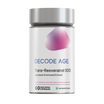

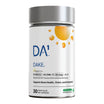
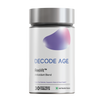
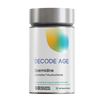
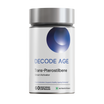
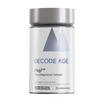
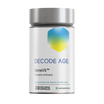

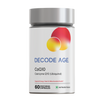

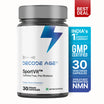

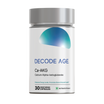
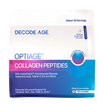
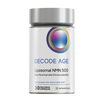

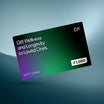



Leave a comment
All comments are moderated before being published.
This site is protected by hCaptcha and the hCaptcha Privacy Policy and Terms of Service apply.